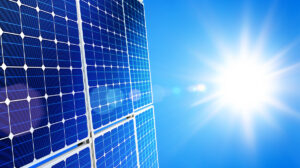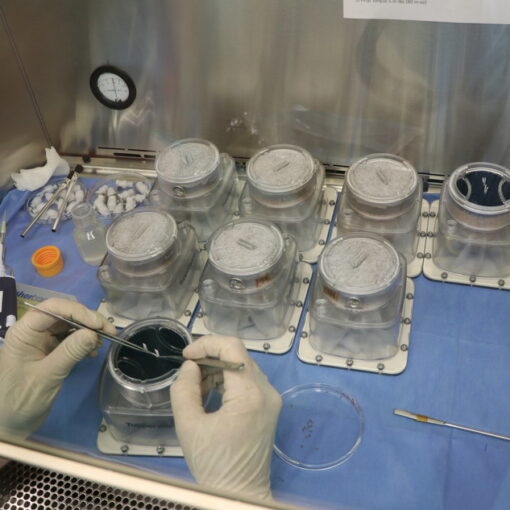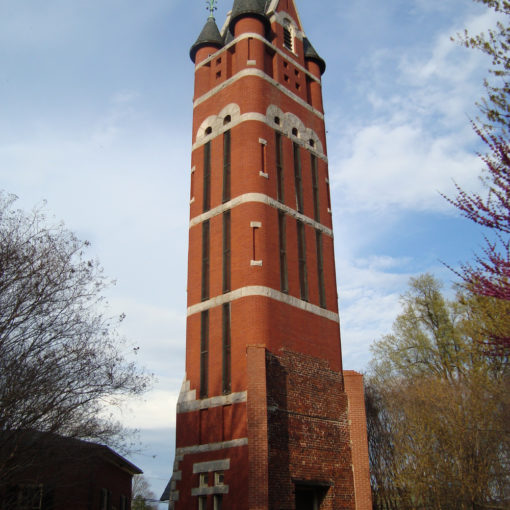 Enertopia Corporation, a lithium-focused exploration and development company focused in Clayton Valley, Nevada, announced in a press release its first provisional patent has been filed with the USPTO, which the company hopes may improve solar panel efficiency.
Enertopia Corporation, a lithium-focused exploration and development company focused in Clayton Valley, Nevada, announced in a press release its first provisional patent has been filed with the USPTO, which the company hopes may improve solar panel efficiency.
According to the release, this technology will allow Enertopia to create a closed system loop where only solar energy is used to both start and complete the Li solutions processing. The company plans to achieve this by taking the excess heat from solar panels and using it to heat its created Li brine solution to the desired ambient temperature of 122F to 140F during the 3 to 4 hour processing cycle. Any excess process water will be kept in insulated storage tanks for use as new batches of Li solution begin processing. Additionally, excess PV production will be stored by batteries and controlled by a BMS (Battery Management System).
With a goal of creating a low carbon pilot plant, the company realized certain inefficiencies associated with PV panels that could be used to its advantage while processing the lithium claystone found on its claim in Nevada. In particular the PV panels are subject to significant heat stress as temperatures rise. Manufacturers generally rate PV panels at a temperature of 77F, while fieldwork in the desert of Nevada showed temperatures on the back of the panels regularly exceeding 140F, damaging the PV panels (resulting in a shorter life span) while also losing significant output. The company hopes that the provisional patent directly addresses this issue and may improve solar panel efficiency.
Solar Panel Efficiency in Hot Regions
Another goal of this project will soon be put through beta testing and monitoring verification, according to the press release. Upon completion of this testing phase, an unnamed 3rd party that has a 3-megawatt solar array has agreed for to do real-time comparative testing on Enertopia’s PV sub-arrays. The goal will be to increase their PV production while simultaneously removing the heat stress, which will, in turn, presumably prolong the life of their PV panels, a common problem associated with running solar arrays in hot, arid regions.
As with most electronic equipment, excess heat can be a killer and solar panel arrays are no different. The performance of solar panels decline as they heat up, and decreased power output is the result. The industry manufacturers rate their products’ susceptibility to increasing panel temperature, where It is standard practice to test solar panels for power output at 77 °F. So, if a panel is rated to have a temperature coefficient of -0.50% per 1.8°F above 77 °F, that panel’s output power will decrease by half of a percent for every 1.8F degrees the temperature rises above (77 °F). With it being common for PV panels to reach temperatures of 137F, a solar array being 60F into the heat stress zone would equal a decrease of 15% or more on the solar array output.
Other aspects of heat stress include heat fatigue causing permanent PV cell failure, string loss downtime, and 100% production loss.
With over 1.2TW (Terawatts) of worldwide PV installed capacity, and another 100 Gigawatts of PV capacity coming online per year, the inefficiencies that are currently experienced due to overheating are quite extensive and expensive. 
Expected benefits of using the Enertopia Technology:
- A Potential increase of >10% or greater on an annual basis in electrical PV system output
- Removal of panel heat stress, which is a major contributor to below nameplate output and panel failure.
- Substantial Increase in PV System lifetime, thus improving the ROI for all users from home use to utility-scale solar projects.
“Our technical team continues to evaluate synergistic opportunities,” stated CEO Robert McAllister in the press release. “Enertopia has made great strides forward in the last year by continuing to develop our Nevada lithium property, expanding into Green Technology has resulted in several opportunities that we continue to investigate in improving mining and society at the same time.”



